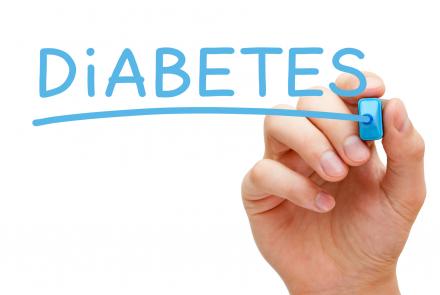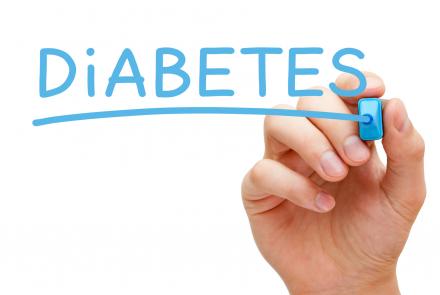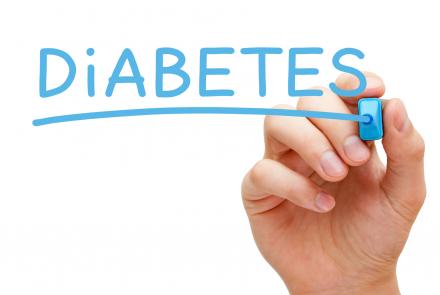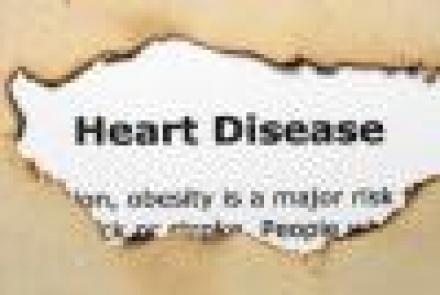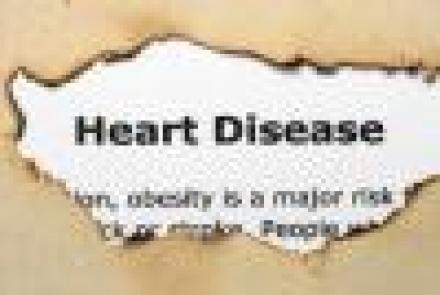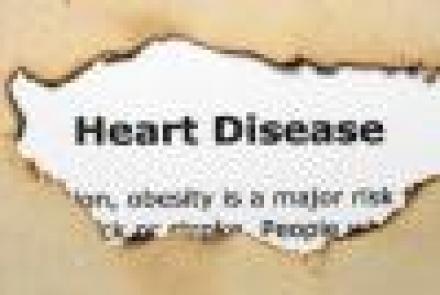You could have no symptoms or you could have one or more of the following symptoms. These symptoms are common for both Type 1 Diabetes (earlier called Juvenile diabetes) and Type 2 Diabetes Mellitus.
Increased thirst
Frequent urination
Blurred vision
Extreme fatigue
Weight loss
Increased hunger
Irritability
Tingling or numbness in the hands or feet
Frequent skin, bladder or gum infections
Wounds that don't heal
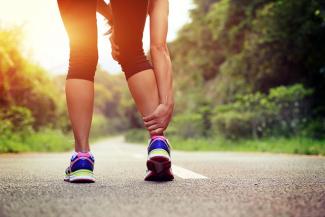
क्या आपको कभी-कभी अपनी पिंडली की मांसपेशियों में या पैर के अंगूठे में अचानक ऐंठन होती है? इस लेख में डॉ. शीतल रावल पैर की ऐंठन की समस्या के कारण बताती हैं और इस समस्या से छुटकारा पाने के लिए कुछ टिप्स देती हैं
पैर में ऐंठन ज्यादातर व्यक्तियों द्वारा अनुभव की जाने वाली एक सामान्य लेकिन हानिरहित स्थिति है। (कनाडा और अमेरिका में मुख्य रूप से इस स्थिति को चार्ली हॉर्स कहते हैं)। यह समस्या अकसर पिंडली के क्षेत्र में मांसपेशियों के अचानक दर्दनाक संकुचन से होती हैं। ऐंठन कुछ सेकंड से लेकर कुछ मिनटों तक रह सकती है, और शायद ही कभी 10 मिनट से अधिक समय के लिए चले।
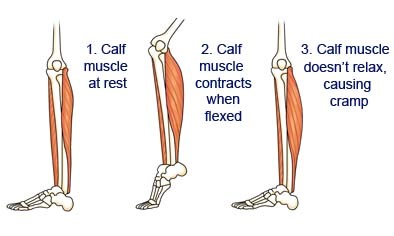
Read in English: Causes of Leg Cramps And How To Prevent Them
निम्नलिखित देखें इस स्थिति के कुछ संभव कारण:
- मांसपेशियों को लंबे समय तक कसना, जो संकुचन का कारण बनता है - यह आमतौर पर सोते समय देखा जाता है।
- व्यायाम के दौरान मांसपेशियों को लम्बे समय तक और अधिक जोर से प्रयोग करना - यह आमतौर पर एथलीट /खिलाड़ी द्वारा अनुभव किया जाता है।
- मांसपेशियों में तनाव।
- निर्जलीकरण, जिस के कारण इलेक्ट्रोलाइट असंतुलन (इलेक्ट्रोलाइट इम्बलांस) हो सकता है (शरीर में सोडियम /पोटेशियम/कै ल्शियम की कमी)। यह ज्यादातर दस्त, उल्टी आदि के दौरान देखा जाता है।
- परिधीय धमनी रोग (पेरिफेरल आर्टरी डिजीज) या मधुमेह के कारण पैरों में रक्त संचार खराब होना।
- अत्याधिक शराब के सेवन या अन्य कारणों से लिवर (जिगर) की समस्याएं जैसे कि सिरोसिस - जिस में रक्त में विषाक्त पदार्थों की मात्रा बढ़ने लगती है।
- क्रोनिक किडनी फेल्योर (चिरकालिक गुर्दे की निष्फलता)
- कुछ दवाएं जैसे कि गर्भनिरोधक गोलियां, मूत्रवर्धक (डाइरेटिक), स्टैटिन और साल्बुटामोल।
- सीसा या पारा (लेड या मरकरी) विषाक्तता
- एडिसन रोग या एड्रेनल ग्लैंड (अधिवृक्क ग्रंथि) अपर्याप्तता
- गर्भावस्था, विशेष रूप से अंतिम तिमाही में
- मोटर न्यूरॉन समस्याओं, पार्किंसन आदि के कारण उत्पन्न न्यूरोपैथी
- सपाट पैर
- ठंड का मौसम
- अज्ञात कारण
ऐंठन से कैसे छुटकारा पाएं:
- प्रभावित मांसपेशियों को सीधा करके स्ट्रेचिंग करें (उचित तरह से खिचाव वाले व्यायाम करें)
- कुछ मिनटों के लिए पंजों के बल चलना।
- चिरकालिक ऐंठन की समस्या में कोल्ड कंप्रेस (ठंडी थैली से दबाव) का इस्तेमाल करें।
- प्रभावित मांसपेशियों की हाथों से हल्की मालिश करें।
- यदि ऐंठन के ख़त्म होने के बाद भी मांसपेशियों में कोमलता बनी रहे तो दर्द निवारक दवाएं सहायक हो सकती हैं।
- हाल के शोध में कुनैन (मलेरिया रोधी दवा) को इस के लिए प्रभावी पाया गया है लेकिन इस दवा के विभिन्न दुष्प्रभाव भी हैं। कृपया इस दवा को लेने से पहले अपने चिकित्सक से सलाह करें।
ऐंठन को कैसे रोकें:
- नियमित रूप से स्ट्रेचिंग व्यायाम करें। व्यायाम करते समय, हमेशा वार्म-अप से शुरू करें और मांसपेशियों पर अधिक जोर न डालें। व्यायाम के सत्र की तीव्रता को धीरे-धीरे बढ़ाएं
- बार-बार हो रही ऐंठन की समस्या हो तो यह व्यायाम करें: (चित्र देखें) दीवार से एक मीटर की दूरी पर खड़े हो जाएं और जमीन पर तलवों को ठीक से टिकाएं। एक पैर से आगे कदम लें, हथेलियों को दीवार पर टिकाएं, और इस तरह खड़े रहें। दोनों पैर के तलवे ज़मीन पर सपाट रहने चाहियें। पीछे वाले पैर की पिंडली में खिंचाव महसूस होगा। इस स्ट्रेचिंग को पांच मिनट तक रोकें, वापस सहज तरह से खड़े हों, और फिर से इस व्यायाम को दोहराएं।
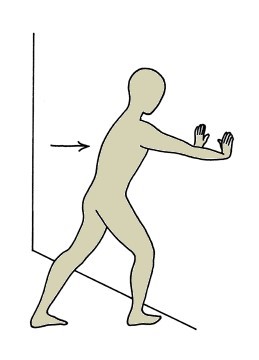
- सोते समय पैरों के नीचे तकिये का इस्तेमाल करें या पैरों को पलंग से नीचे लटकने दें। ढीले से शरीर के ऊपर डाले गए कंबल और बड़ा पलंग भी सहायक है।
- हाइड्रेटेड रहने के लिए अच्छी मात्रा में पानी पिएं।
- भोजन में ऐसे खाद्य पदार्थों को शामिल करें जो पोटेशियम और कैल्शियम में समृद्ध हों।.
- अगर आपके पैर सपाट हैं तो उचित जूते पहनें।
- गर्भवती महिलाओं को मैग्नीशियम को सप्लीमेंट लेने की सलाह दी जाती है।
Changed
08/Aug/2021
Condition

